Rizqi Puteri Mahyudin,
Muhammad Reynaldi Faradil Rakhim , Noriana Apriana , Muhammad Abrar Firdausy ,
Andy Mizwar , Yuni Safaria Dwi Lestari ,and
Bambang Joko Priatmadi, from the different institute of the Indonesia.
wrote a research article about, 3R Temporary Shelter: Compost Bin Design and
Modification. entitled, Design and Modification of Compost Bin with a Chopper
for 3R (Reduce, Reuse, Recycle) Temporary Shelter (TPS 3R) in Banjar Regency
South Kalimantan. This research paper published by the International Journal of Biosciences (IJB). an open access scholarly research journal on Biosciences. under
the affiliation of the International Network For Natural Sciences |NNSpub. an open access multidisciplinary research journal publisher.
Abstract
Composting is an
effective method of managing organic waste from decomposition by
microorganisms. This research using composting technique with a modification
compost bin with additional chopper on the top of the bin. The composter was
designed using an HDPE drum with a height of 100 cm and a diameter of 50 cm
with the addition of a chopper and a manual compost mixer as well as a lower cross-section.
This research aimed to calculate the amount and composition of waste in TPS 3R
Sekumpul and to design modification of a compost bin to handle the problem of
organic waste in TPS 3R Sekumpul. The average waste generation in TPS 3R
Sekumpul is 66,875 kg/day with the composition of the waste generated including
compostable (organic) at 4.28%, resaleable waste at 93.85%, and residual waste
at 1.87%. The manual chopper is designed with 7 blades with a slope of 45°
which are placed on an iron plate connected to a handle to rotate the chopper.
The rotate is in the form of a spiral attached to the rotate handle and
connected to the drum cover and the bottom section is a rectangular metal
structure having 4 wheels on each side. All of the tools that are designed and
made can work smoothly without being constrained during the testing of the
tool. The composter drum can accommodate up to 25 kg of compost and leachate in
the lower part of the compost bin partition. Assessment of the performance of
the compost bin with a chopper is seen from the results of the chopped organic
waste produced from the chopper. In the knife chopper test using 5 kg of
organic waste, the chopped waste results were obtained with an average size is
between 0.5 cm – 1 cm. Compost bin with chopper are designed so that they are
easy to operate for households and regional scales. It is expected that the use
of the compost bin can facilitate the user so that compost is produced with
good quality, large quantity and fast composting time.
Introduction
Composting activity is
an alternative choice in organic waste management using a composter with a
decomposition process. With the help of microorganisms on biodegradable organic
waste with the final result in the form of humus (Gonawala & Jardosh,
2018). There are two composting methods, namely aerobic and anaerobic
processes. The use of a drum composter in the composting method is included in
aerobic composting. The use of a drum that has been modified into a composter
tool and used in organic waste composting activities in an area will help
significantly reduce the amount of waste in a landfill (Manu et al., 2016). In
utilizing organic waste in Banjar Regency, the composting method is an
alternative that can be applied to convert organic waste into compost.
Indonesia, which is a
developing country, is recorded to produce twice the amount of organic waste
generation (food waste), which is 50 - 80% of the total municipal waste
generation. Compared to the current three developed countries, Japan produces
the highest organic waste generation, which is only 40%, followed by the
European Union at 34%, and the USA at 24% organic waste generation from the
total waste generation (Dalankopoulos et al., 1998)). For this reason, an
organic waste management effort is needed which starts with micro-scale
management at various points in the territory of the country of Indonesia to
help reduce and deal with the problem of organic waste generation in Indonesia.
The discussion
regarding Waste Management and TPS Facilities is contained in Law no. 18/2008,
3R (Reduce, Reuse, Recycle) Temporary Shelter (TPS 3R) is a place where
activities to collect, sort, reuse, and recycle waste on a regional scale
(Nurlela, 2017). Waste that is generated will go into the first processing
site, namely the Temporary Shelter – Tempat Penampungan Sementara (TPS). TPS is
a place where waste is transported before it is moved to either the recycling
site, processing site, Integrated Waste Processing Site – Tempat Pemrosesan
Sampah Terpadu (TPST), or 3R Waste Management (TPS 3R) site. Composting
municipal waste allows the organic material contained in the waste to be
returned to the soil so that the level of soil fertility is maintained because
of the addition of organic material as a substitute for material absorbed by
cultivated plants. Household-scale composting technology with several
considerations such as placement can be done indoors and outdoors, resistant to
heat and rain, has a longer shelf life, does not need to replace supporting
materials (cardboard), and is easier get the composter container (Wahyono et
al., 2016). Some of the obstacles in composting include still using the manual
method (Antu & Djamalu, 2019). In addition, there are obstacles in the long
composting time due to the large size of the organic waste. The smaller the
size of the organic waste, the faster the decomposition will be. Designing a
composter with a manual chopper can be a solution to simplify household and
communal scale composting such as TPS 3R.
This research will
develop the design of Compost Bin that have made in 2021 (Mahyudin et al.,
2022) in order to produce tools that are easier to operate. The communal
composter will process organic waste from several households to be composted.
This composter is designed in such a way that it is easy to operate on a
regional scale. Furthermore, testing the performance of the composter will be
carried out so that later a variation will be produced that can produce compost
with good quality, large quantity and fast composting time.
The urgency of this
research lies in the innovative development of Compost Bin design with a
chopper which is easier to operate on a regional scale and produces good
quality compost that can be used or sold. This research was conducted for
identifying the amount and composition of the waste that entering TPS 3R; also
to designing a developed Compost Bin with a modification of the chopping knife
to process organic waste into compost?
Reference
Akhmad A. 2020.
Perancangan. Komposter. Sebagai. Unit.Pengolahan Sampah Pasar. Universitas
Pertamina.
Gonawala SS, Jardosh H. 2018.
Organic Waste in Composting: A brief review. International Journal of Current
Engineering and Technology 8(1), 36-38.
IPCC. 2006. IPCC
2006 Guidelines for National Greenhouse Gas Inventories. Prepared by the
National Greenhouse Gas Inventories Programme, Eggleston H.S., Buendia L., Miwa
K., Ngara T. And Tanabe K. IGES: Japan.
Mahyudin RP, Purba G,
Lestari YSD, Firmansyah M. 2022. Design of Household Organic Waste
Composter Bins “Tongposcah”. 9 (January), 630–634. https://doi.org/10.52403/ijrr.20220173
Manu MK, Kumar R, Garg
A. 2016. Drum Composting of Food Waste: A Kinetic Study. Procedia
Environmental Sciences 35, 456–463.
Nurlela N. 2017.
Dampak Keberadaan Tempat Pengolahan Sampah 3R (Reduce, Reuse, Dan Recycle) Vipa
Mas Terhadap Lingkungan Sosial Ekonomi Masyarakat Di Kelurahan Bambu Apus
Kecamatan Pamulang Kota Tangerang Selatan. Universitas Islam Negeri (UIN)
Syarif Hidayatullah.
Purba G. 2021.
Tugas. Akhir. Perancangan. Tongposcah (Tong Komposter Pencacah) Sampah Organik
Rumah Tangga. Universitas Lambung Mangkurat.
Republik Indonesia. 2008.
Undang-Undang.Republik.Indonesia Nomor 18 Tahun 2008 Tentang Pengelolaan
Sampah. Sekretariat Negara. Jakarta. 1–46.
Antu ES, Djamalu Y. 2019.
Desain Mesin Pencacah Sampah Organik Rumah Tangga Untuk Pembuatan Pupuk Kompos.
Jurnal Teknologi Pertanian Gorontalo (JTPG) 3(2), 57-65. https://doi.org/10.30869/jtpg.v3i2.247
Sunge R, Djafar R, Antu
ES. 2019. Rancang Bangun Dan Pengujian Alat Pencacah Kompos Dengan Sudut
Mata Pisau 45°. Jurnal Teknologi Pertanian Gorontalo (JTPG), 4(2), 62–70.
Tjahjani IK,
Wignjosoebroto S, Ciptomulyono U. 2008. Perancangan Sistem Pengolahan
Sampah Organik Dengan Inovasi Komposter Yang Ergonomis Menggunakan Metode
Quality Function Deployment (QFD). Prosiding Seminar Nasional Manajemen
Teknologi VIII, 2–12.
Wahyono S, Widanarko S,
Moersidik SS, Djajadiningrat ST. 2016. Metabolisme Pengelolaan Sampah
Organik Melalui Teknologi Komposting Di Wilayah Internal Perkotaan. Jurnal
Teknologi Lingkungan, 13(2), 179. https://doi.org/10.29122/jtl.v13i2.1417









%20vegetables;%20(b).JPG)
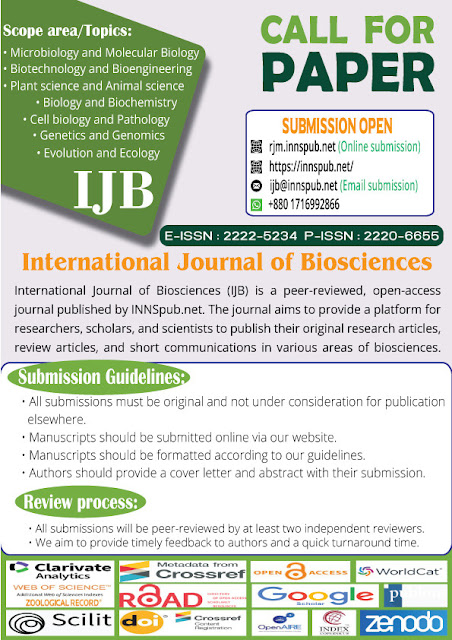
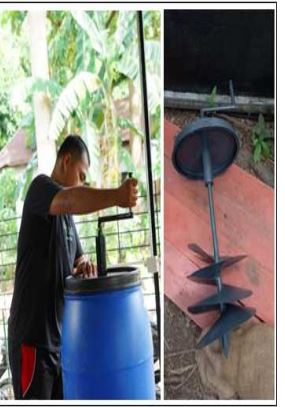
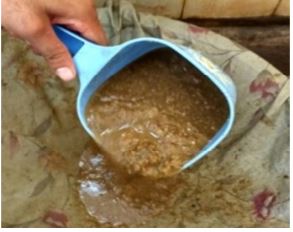
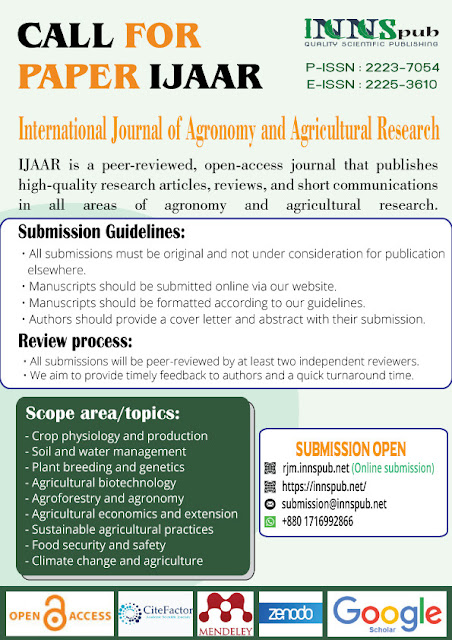
..JPG)

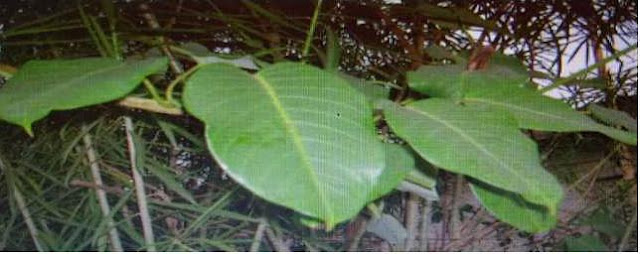

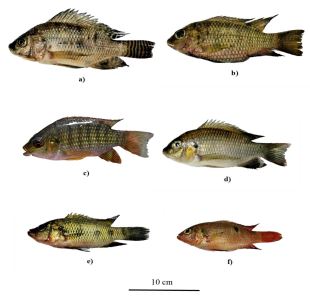

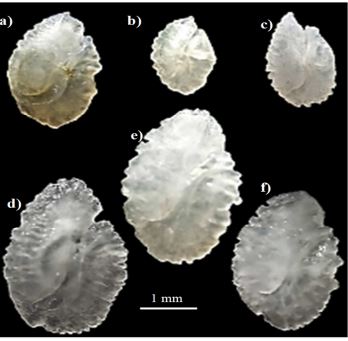
%20and%20after%2030%20days%20of%20experimental%20drought%20(D).jpg)




%20in%20full.JPG)

